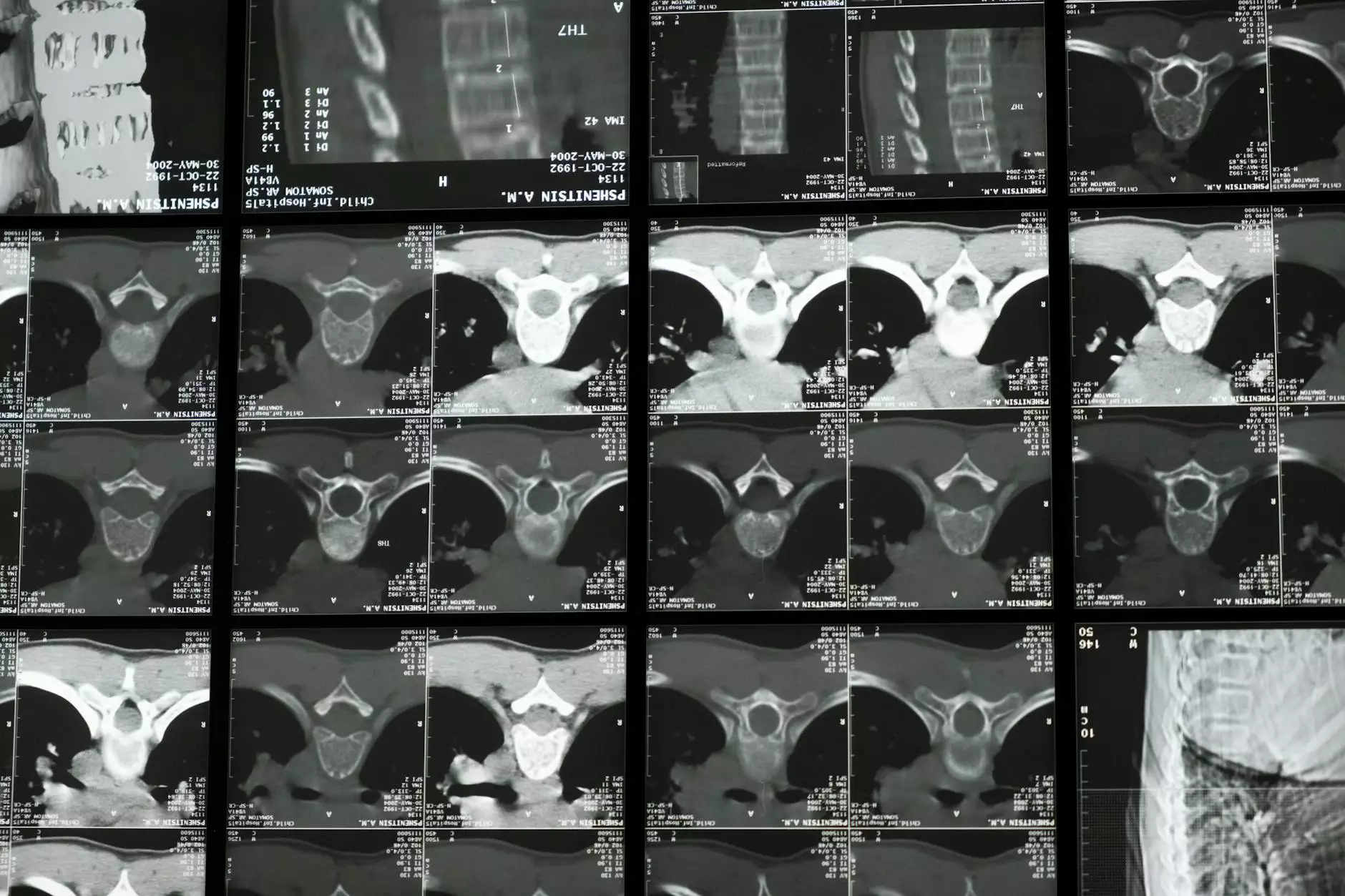Understanding Video-Assisted Thoracic Surgery: A Comprehensive Guide

In recent years, video-assisted thoracic surgery (VATS) has emerged as a revolutionary technique in the field of thoracic surgery. As healthcare continues to evolve, this minimally invasive approach has become a focal point for both surgeons and patients alike. This article will delve into the significance of VATS, its benefits, how it works, and the future of thoracic surgical procedures.
What is Video-Assisted Thoracic Surgery (VATS)?
Video-assisted thoracic surgery (VATS) is a collaborative surgical technique that utilizes a camera and video equipment to perform thoracic procedures through small incisions in the chest wall. This innovative approach allows surgeons to visualize the thoracic cavity in real-time, which enhances precision and reduces trauma to the surrounding tissues.
The Evolution of Thoracic Surgery
Thoracic surgery has undergone significant changes over the decades, transitioning from traditional open surgeries, which required large incisions, to minimally invasive techniques. With the introduction of VATS, patients now benefit from:
- Reduced Pain: Smaller incisions translate to less postoperative pain.
- Shortened Recovery Times: Patients typically experience quicker recoveries with reduced hospital stays.
- Smaller Scars: The minimal incision technique results in less noticeable scarring.
How does VATS Work?
Understanding how video-assisted thoracic surgery operates is crucial for patients considering this option. The procedure typically involves the following steps:
- Preoperative Evaluation: Patients undergo thorough examinations, including imaging studies and consultations with the surgical team.
- Anesthesia: General anesthesia is administered to ensure comfort throughout the procedure.
- Incisions: Small incisions (usually 1–3) are made on one side of the chest.
- Camera Insertion: A thoracoscope (a thin tube with a camera) is inserted through one of the incisions to provide a magnified view of the thoracic cavity.
- Surgical Instrumentation: Specialized instruments are inserted through the other incisions to carry out the required procedure, whether it involves lung biopsy, lobectomy, or other interventions.
- Closure: After the surgery, the instruments are removed, the incisions are closed, and the patient is monitored during recovery.
Applications of Video-Assisted Thoracic Surgery
Video-assisted thoracic surgery has a wide range of applications, including but not limited to:
- Lung Biopsies: VATS can facilitate accurate biopsies for diagnosing lung diseases.
- Lobectomy: Partial removal of a lung to treat cancer or infections.
- Pleural Procedures: Addressing pleural effusion or pleural disease.
- Esophageal Surgery: For conditions like achalasia or esophageal cancer.
- Mediastinal Mass Resection: Removal of tumors from the mediastinum.
Benefits of Video-Assisted Thoracic Surgery
The advantages associated with video-assisted thoracic surgery make it an attractive option for patients requiring thoracic interventions:
1. Minimized Pain and Discomfort
Patients who undergo VATS generally report lower levels of postoperative pain compared to those who have traditional open surgeries. This reduction in pain can lead to a more comfortable recovery process.
2. Shorter Hospital Stays
With less invasive procedures, many patients are discharged from the hospital sooner, often within 1 to 3 days post-surgery. This not only improves patient satisfaction but also reduces healthcare costs.
3. Faster Return to Normal Activities
Patients often return to their daily routines much quicker than after open surgeries, with many resuming light activities within weeks.
4. Lower Risk of Complications
The smaller incisions used in VATS tend to lead to fewer complications, such as infections or respiratory issues, compared to larger surgical openings.
Challenges and Considerations
While VATS presents numerous benefits, it is essential to recognize the challenges that may arise:
- Technical Limitations: Not all thoracic procedures can be performed using VATS, particularly in complex cases where extensive visibility and access are required.
- Surgeon Experience: Success in VATS largely depends on the surgeon's expertise and familiarity with the procedure.
- Patient Selection: Careful selection of candidates is necessary to ensure that VATS is the most appropriate surgical option.
Future of Video-Assisted Thoracic Surgery
The future of video-assisted thoracic surgery holds exciting potential. Technological advancements such as robotic-assisted VATS could enhance precision and further reduce recovery times. This innovation is leading to:
1. Enhanced Visualization
Future developments in imaging technology may provide even better visualization of the thoracic cavity, making complex procedures safer and more effective.
2. Robotic-Assisted Surgery
The integration of robotics in VATS could improve dexterity and precision, enabling surgeons to navigate difficult anatomical structures with enhanced control.
3. Expanded Applications
As surgeons gain more experience with VATS, it’s likely that the range of procedures adapted to this technique will broaden, helping patients receive surgical care that aligns with modern medical standards.
Conclusion
With its distinct advantages and progressive methodologies, video-assisted thoracic surgery is reshaping the landscape of thoracic procedures. For those considering thoracic surgery, understanding the nuances of VATS is essential. At Neumark Surgery, our experienced team is dedicated to providing the highest quality surgical care utilizing the most advanced techniques available, including VATS.
As the field of thoracic surgery continues to advance, patients can expect improved outcomes, quicker recoveries, and, above all, a commitment to their health and well-being. Consult with our specialists to learn how video-assisted thoracic surgery may be the right choice for your medical needs.









